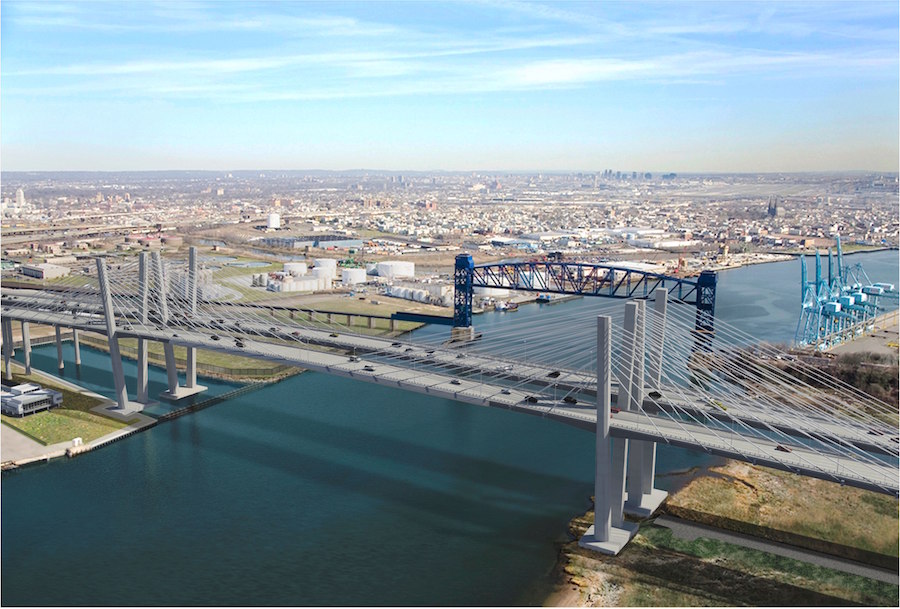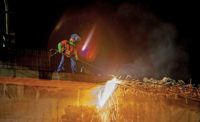It was a year of surprises, including wins for the Chicago Cubs and Donald Trump and, in transportation, a lucky miss when a crane crashed down on the Tappan Zee Bridge at the New NY Bridge site but did not kill anyone. But it was also a year of business as usual for stewards of transportation infrastructure, juggling new and expanded assets while trying to maintain a state of good repair. Long-awaited federal transportation funding helped to fuel much of this construction.
For airports, lowered fuel costs and heightened passenger numbers also boosted expansions and upgrades, as observed firsthand by this reporter in an airport infrastructure tour across the country. Use of alternative project delivery methods, such as design-build, CMAR and public-private partnerships, is increasing throughout the various transportation construction modes and, under the incoming president, may receive a boost. Trump first called for an infrastructure program that would be “at least double” Democratic candidate Hillary Clinton’s $275-billion, five-year initiative. Later, he proposed a $1-trillion, 10-year plan. Specifics were lacking, however.
Although construction of new and expanded light-rail transit lines chugged toward completion in Seattle, Los Angeles and Charlotte, N.C., some of the nation’s older systems were definitely showing their age in 2016.
A series of high-profile service disruptions along metropolitan Washington, D.C.’s Metrorail system spurred implementation of a year-long accelerated maintenance program aimed at rectifying a host of long-standing infrastructure deficiencies. While Metro’s leadership faces an uphill battle in convincing local jurisdictions to up their financial contribution to the 117-mile system’s long-term upkeep, another problem-plagued aging transit network—San Francisco’s BART—will benefit from the successful passage of a $3.5-billion regional bond measure that will fund upgrades to worn tracks, water-damaged tunnels and a decades-old control system.
Likewise, the deadly crash of a passenger train in NJ Transit’s Hoboken station brought fresh scrutiny to the safety of the nation’s rail network and whether yet-to-be-implemented positive train control (PTC) technology might have prevented the incident. Most of the nation’s railroads expect to have PTC in place by the federally mandated December 2018 deadline.
Meanwhile, the respite in funding uncertainty that came with the passage of the Fixing America’s Surface Transportation (FAST) Act appeared to be short-lived, as Congress’s short-term spending proposal delayed a scheduled $1.5-billion increase until at least April 2017. At the state level, a contentious summer-long standoff in New Jersey finally yielded a 23¢ increase in the state’s gas tax, while Illinois voters approved an amendment to the state constitution mandating the exclusive use of all transportation taxes and fees on transportation projects.
At the other end of the state funding spectrum, dozens of road construction projects in Kansas, Montana and Wisconsin fell victim to revenue shortfalls and budget cuts.
The cultural trends shaped by millennials and baby boomers also are profoundly affecting transportation plans. Transit-oriented and mixed-use development are exploding in most major urban areas due to the decline in desire to drive by these population groups.
These patterns are not confined to the U.S., however. There seems to be a global awareness of the importance of transportation infrastructure. While politics continue to be volatile, the need remains constant to upgrade, expand or build bridges, roads, airports, transit and ports.








